Stabilization or balance refers to maintaining balance of your center of mass over the base of support through either static or dynamic movement.
Stabilization or balance training has become very popular the past few years much of which was implemented from physical therapy and other such rehabilitation programs yet many fail to understand the principles and application of stabilization or balance training.
There are many in the performance training arena that suggest that stabilization training with improve performance however the link may be more indirect. Stabilization training may reduce injury risk therefore improving performance through a reduction in injury rates.
Stabilization training includes primarily two different surface classifications, stable surface and unstable surface training. These difference classifications produce difference responses from the nervous system this must be trained accordingly to the needs of the individual.
Stable surface training generally implements stable ground surface however some other stable surfaces maybe utilizided such as a balance beam.

The stable ground surface may also include a surface that is stable however may not be level and could be angled at various angles such as an adjustable slant board.
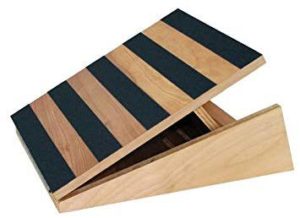
There a many different devices used for unstable surface training, many of which are sold more as gimmicks rather than valid training devices. Below are some of the more valid devices that can be implemented.

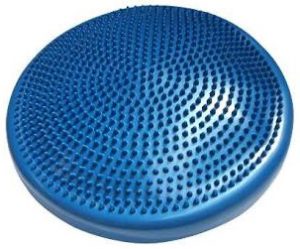
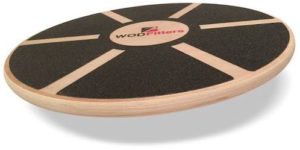
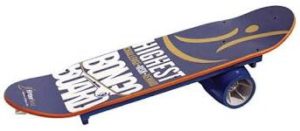
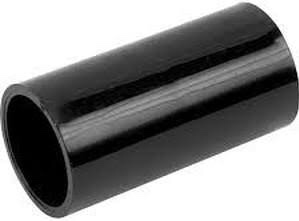

When people generally think of stabilization or balance training the usually think of standing type stability exercises however there are a number of stabilization exercises implementing the upper body using many of the same tools however there are some additional devices that can be used specially for upper body stabilization or balance training.
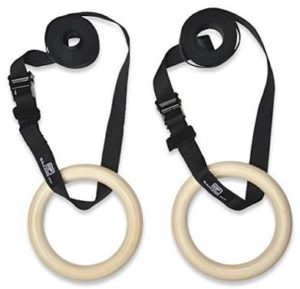
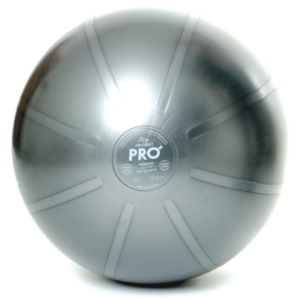
Possible causes of loss of stability and balance.
- Neurological Deficiency
- Postual Distortion Patterns
- Previous Injuries
Neurological Deficiency
One third of the population may have limitations based on reduced neural development as an infant/child. This neurological deficiency can be corrected.
Postural Distortion Pattern
